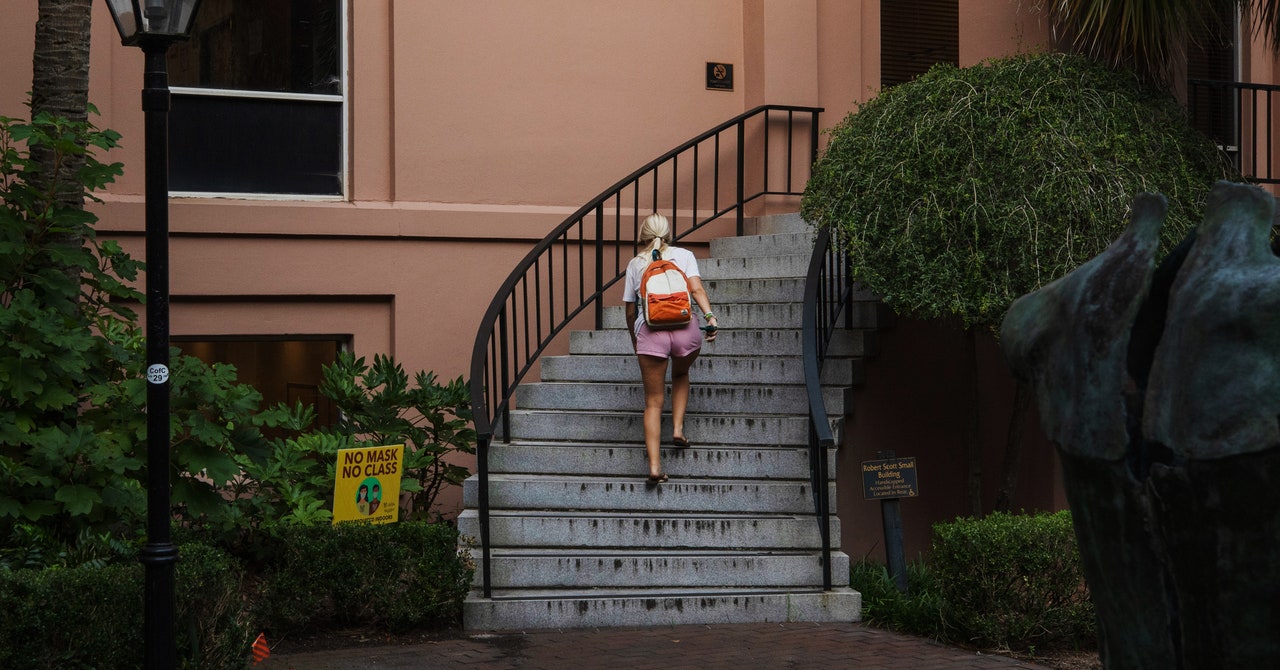
What then, is the best recourse for activists and aid organizations? In both access-friendly states and those with bans, campus activists are pressuring university administrators to support students: to ensure flexible attendance policies in the event that students require care; to set up emergency or travel funds; to establish confidentiality policies that protect students seeking information; and to provide medication abortion. “Now’s the time to talk to the powers that be at their university—to understand the university’s position,” says Sealy.
Tamara Marzouk, director of abortion access at the nonprofit Advocates for Youth, points out that this matters even in very blue states: When campuses in places where abortion is legal provide care to students, it lightens the burden on local independent clinics—clinics that feel the pressure from out-of-state patients.
It’s still to early to know how these on-campus campaigns will go, but “I’m ready to be surprised by some administrations that we assume to be anti-abortion,” Marzouk says. “We’re still mostly in summer. So we’re going to see student activism ramp up in the fall. And I think that that’s when we’ll really see how administrations respond.”
Students can also vote with their feet. For some universities, a sizable chunk of the student population comes from out of state: more than 40 percent at the University of Oklahoma and nearly 60 percent at the University of Alabama. Early data shows that teens applying to college are avoiding schools in states with bans, and a July survey done by an education magazine showed that a quarter of high school students heading to four-year colleges would attend only where abortion is legal.
URGE’s McGuire says that students can also help turn up the pressure on legislators who are crafting still-evolving state laws on abortion and contraception. Some radical bans are passing, others aren’t.
“We have majorities in every state in this country of people who want abortion to be safe, legal, protected, accessible,” she says. She’s optimistic, suspecting that people underestimate youth political engagement and the history of social justice movements in the South and Midwest: “These are regions of the country that have birthed liberation movements.”
Marzouk says that there’s been increased interest among student activists in learning about self-managed abortion, which involves pills approved by the Food and Drug Administration that can be accessed via telehealth appointments and sent through the mail—although the legal limits on both are still rapidly evolving.
“We’ve seen information sharing about self-managed abortion increase tremendously over the past few years, and even more since June,” says Marzouk, who works alongside hundreds of activists around the country. In states with bans, campus activists must follow the same rules for counseling as Yellowhammer. Advocates for Youth has had dozens of young people teach their peers how to share the World Health Organization’s guidance on self-managed abortion in a way that is “not providing any type of advice that could be construed as medical or legal advice,” she says. For example, like “saying ‘a person would do XYZ’ and not using ‘you’ language.”
And most of all, advocates say, it’s important to encourage students not to fear seeking information or help. “No matter what, there are so many people in this country that are committed and dedicated to helping you get that abortion care you need,” says Yellowhammer’s McLain. “Without stigma, without shame, and without it ruining your life.”
Marzouk says she still finds space for optimism, despite draconian restrictions on abortion. “Working alongside young people has given me so much hope,” she says. “I’ve seen young people stay incredibly creative through what is an incredibly dark time.”


